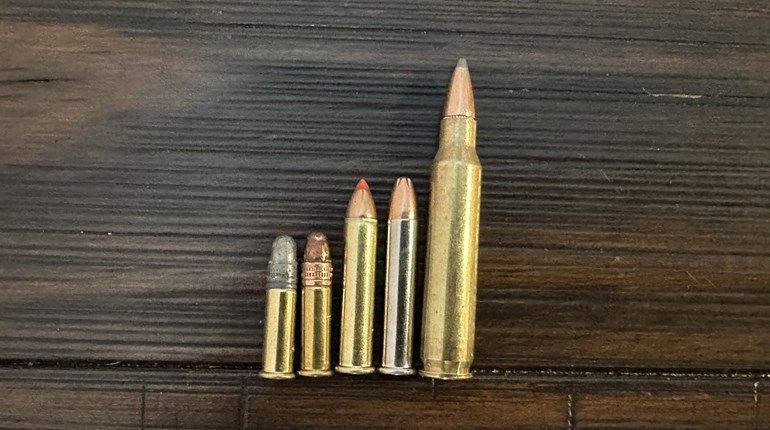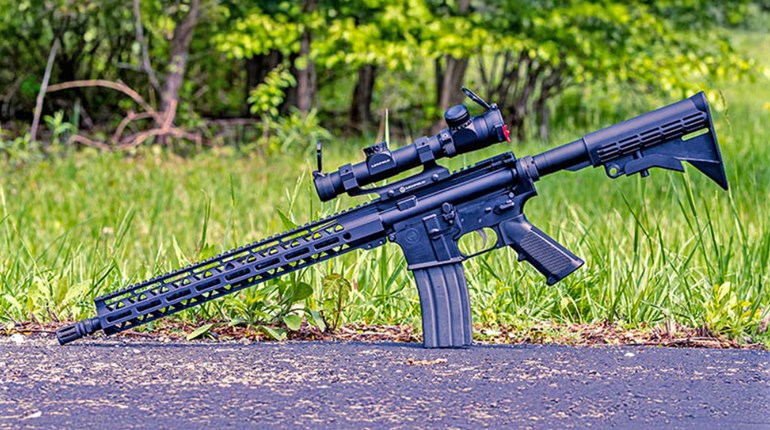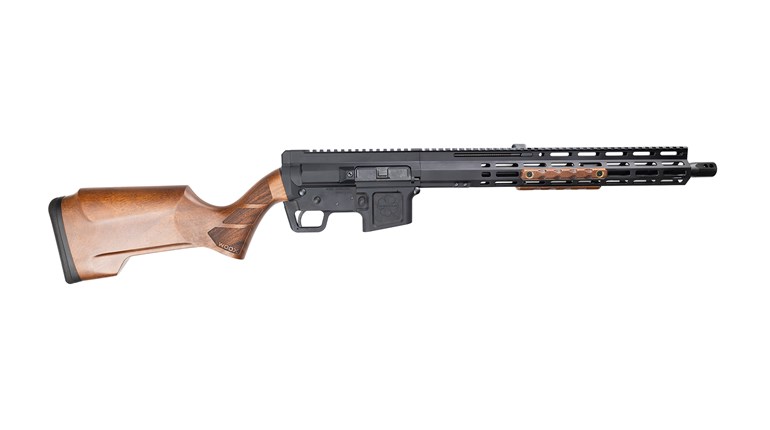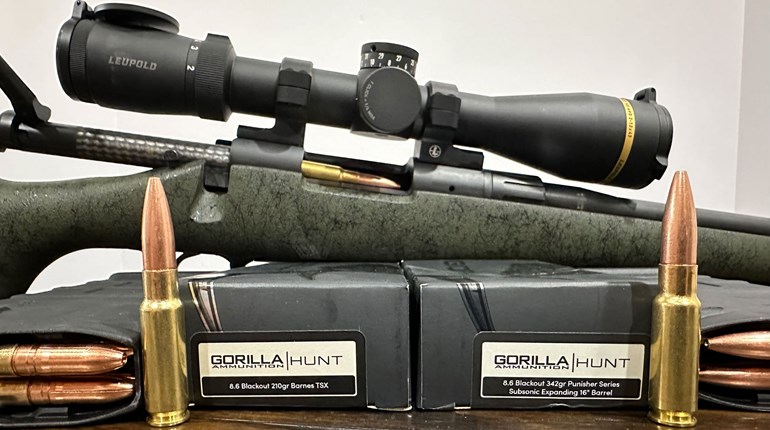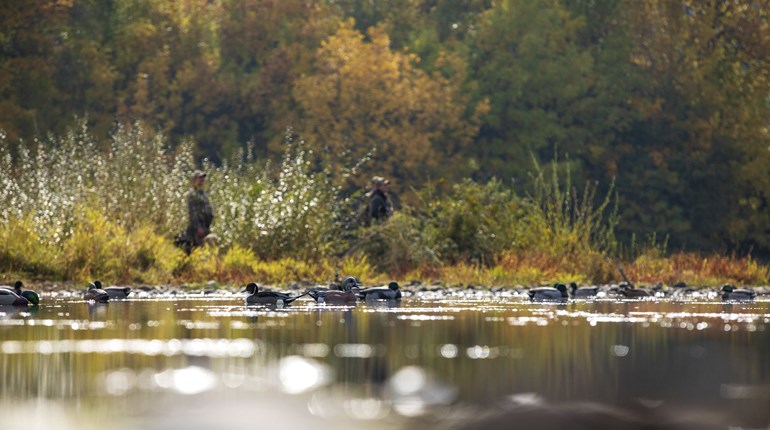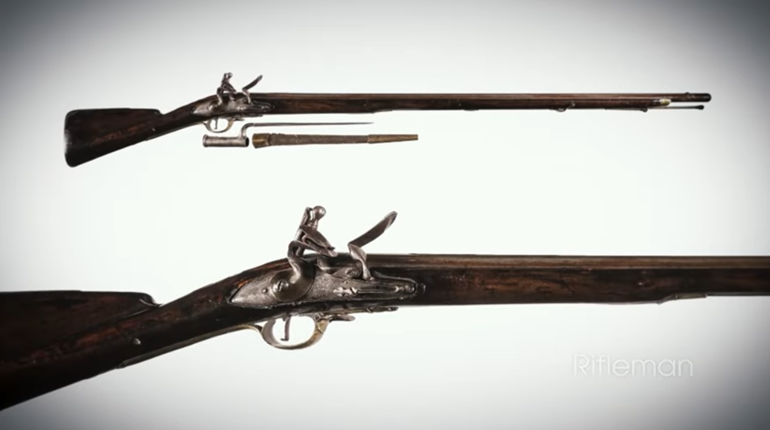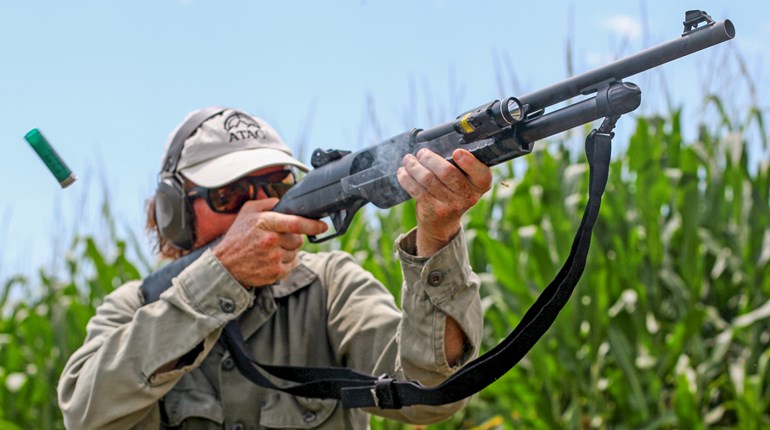
We’ve covered a variety of cartridges in this series so far, designed for pistols, rifles or both. This time around, we’re looking at something more unique: a chambering known as the .223 Wylde. Are you looking for it in the photo above? It’s not there, because there’s no “factory” ammo for .223 Wylde. You might be asking, “What? How? And why?” Great questions! Let’s dive into it.
What’s in a Name?
Before we get too terribly technical, let’s clarify the differences between a few terms that often get thrown around to the point of being interchanged in firearms conversation. Whether you want to impress your friends with your gun knowledge or come off as a know-it-all on social media, it’s important for legitimate reasons to understand the differences between “caliber,” “cartridge,” and the use of the words “chambering” or “chambered.”
Simply put, the first is the actual diameter of the bullet; many people confuse this with “cartridge” and call a round like the 6.5 Creedmoor or the .308 Win. a caliber. The diameter—or “caliber”— of those respective bullets is 6.5mm/.264 and 7.62 or .308, but the 6.5 PRC, .264 Win., 6.5 Grendel and 6.5-.300 WBY all shoot 6.5mm/.264-caliber bullets, just like the .300 Win. Mag., .300 RUM, .300 BLK, and your great grandpa’s .30-06 Springfield all shoot .308-caliber projectiles.
The second term, “cartridge,” is what most people mean when they say “caliber” in the misused sense; a “cartridge” has a specific set of dimensions for the brass and bullet seated in the brass, and can only be fired in a gun made to shoot that specific cartridge (there are a few exceptions here, and we’ll get to that in a bit).
By contrast, a “chambering” doesn’t have anything to do with the external parts of the gun (i.e. the physical ammo) at all. The chambering is cut into the gun barrel itself to fit a specific cartridge that shoots a specific caliber, meaning it’s all internal and directly related to the machining of the gun itself.
The .223 Wylde in a Nutshell
Now that we have the nomenclature cleared up, let’s apply these terms to the .223 Wylde specifically. There is no .223 Wylde ammo. The name is only a chambering, and barrels chambered in the chambering use a .224-caliber bore diameter (which all centerfire .223-caliber rifle cartridges do, to include 5.56X45 NATO (often shortened to simply “5.56”), and .223 Rem., as well as others, like the .22-250.
Many shooters incorrectly think that 5.56 and .223 Rem. are the same. That’s simply not true, and that’s why the .223 Wylde exists in the first place. Though the external dimensions of each cartridge are essentially identical—meaning each cartridge will chamber in both a 5.56 or a .223 Rem.—the chambers (remember: the chamber acts as the “mold” to hold the cartridge in line with the barrel) for the two cartridges are drastically different.
The 5.56 makes use of a longer leade – which is simply the distance from the bullet’s resting place in the chamber to where the rifling (spiral grooves cut into the barrel to spin the bullet) starts in the barrel. The .223 Rem. has a shorter leade. Because of this difference in leade, it’s generally safe to fire .223 Rem. ammo in a 5.56 chamber, but it’s not recommended to fire 5.56 in a .223 Rem. chamber.
What Does “Leade” Lead To?
With that longer leade distance, the pressure in the round can drop off faster before the bullet must start overcoming friction from the rifling, which will add to pressure. The more space you have for pressure—like that of an explosion of gunpowder inside a small space such as the inside of a piece of brass—the less pressure you’ll have.
If a bullet can move farther before it engages friction from the rifling due to a longer leade distance, the volume behind the bullet will be larger, and that means that those rounds can be loaded slightly hotter, which the 5.56 cartridge is. This is why you can’t safely fire a 5.56 round in a .223 Rem. chamber; the latter has the shorter leade, so by the time the bullet engages the rifling and adds friction to the mix, more pressure is behind that bullet due to the decreased volume thanks to the shorter leade.
This brings us to the question of why anyone engineers a shorter leade in the first place. The answer is simple: accuracy. Because there is less “jump”—the space the bullet travels, or “jumps” between being held by the case and the rifling—it will be slightly less accurate because it’s not centered with the bore. Essentially, the bullet is in a free space and given no specific direction, yet it’s still being pushed by pressure behind it from the explosion of the powder. So, the 5.56 cartridge may have higher pressure, but it’s arguably less accurate due to the longer leade.
Or You Could Get Wylde.
This is where the .223 Wylde shines. Simply put, it combines the chamber specs to handle the higher pressure of the 5.56 round with the shorter leade of the .223 Rem. to improve accuracy. Now the question remains: Is it worth rebarreling your current rifle, regardless of 5.56 chambering or .223 Rem. chambering? Not in the slightest. If you shoot the barrel out, then yes, consider it, but the accuracy difference is minimal, and most guns are chambered for 5.56 anyway.













